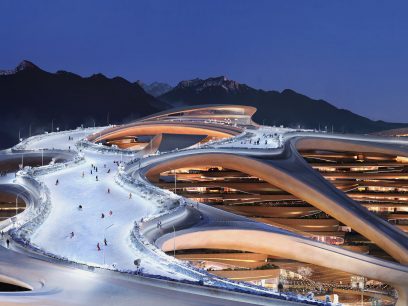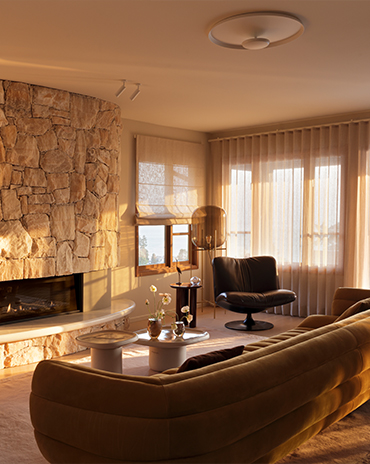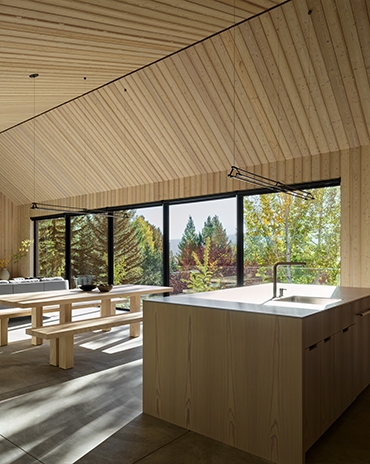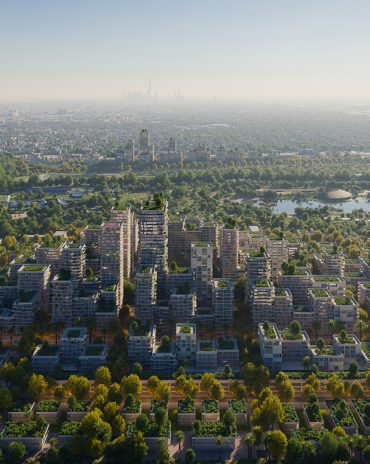Copyright © 2025 Motivate Media Group. All rights reserved.
Dining revolution: Kosuke Araki
This project uses food waste and urushi (Japanese lacquer) to create tableware.
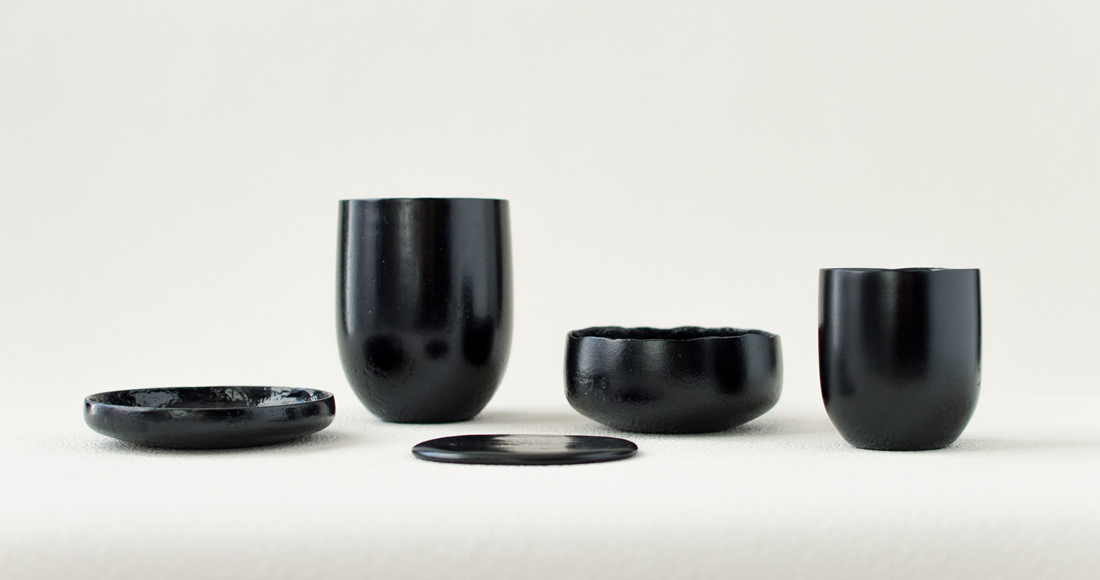
It’s fine dining for thoughtful, kind and sentient beings. Anima is a sequel to Food Waste Wear (2013), a project by Japanese designer Kosuke Araki in which he documented food waste produced daily and made tableware out of it. The new black vessels are also made out of food waste, the same as the previous work, but with the addition of urushi (Japanese lacquer).
‘Food is not a thing but life. We eat life for our existence. However, for lack of appreciation, we consume life at a huge industrial scale as well as a small domestic scale, disposing of it in landfills’, says Araki.
While developing this project, Kosuke kept a record of amounts of food waste produced from his house for two years. His results included non-edible parts of food, such as rind, peel, calyxes, shells and bones, and the total amount was approximately 315kg.
Why is it black? The colour us derived from their body material, charcoal of vegetable waste. Urushi craft has a close relationship with food – leftovers of a meal. For example, rice, tofu or albumen is mixed with Urushi to adjust its viscosity for making sticky glue or textures. Kosuke revisits this food-related aspect in a contemporary context. He brings an alternative perspective to its tradition, making the collection entirely from wasted food.
Currently, this project is being long-listed for the Dezeen Awards.
The designer is also long-listed for the Emerging Designer of the Year category.
The Latest
Things to Covet in June 2025
Elevate your spaces with a pop of colour through these unique pieces
Designing Spaces with Purpose and Passion
We interview Andrea Savage from A Life By Design – Living & Branding on creating aesthetically beautiful and deeply functional spaces
Craft and Finesse
EMKAY delivers a bold and intricate fit-out by transforming a 1,800 sqm space into SUSHISAMBA Abu Dhabi, a vibrant multi-level dining experience
An Impressive Entrance
The Synua Wall System by Oikos offers modularity and style
Drifting into Summer
Perennials unveils the Sun Kissed collection for 2025
The Fold
Architect Rabih Geha’s collaboration with Iwan Maktabi
From Floorplans to Foodscapes
For Ayesha Erkin, architecture was never just about buildings, but about how people live, eat, gather and remember
Between Sea and Sky
Cycladic heritage, heartfelt hospitality and contemporary design converge on Deos Mykonos, designed by GM Architects
A Fresh Take on ’70s Style
Curved shapes and colourful artworks bring vibrancy to this contemporary home with mesmerising nature views
Into the Woods
Perched among the treetops, this serene home’s permanent connection to nature invites dwellers to unplug and unwind
A New Chapter for Dubai – Jebel Ali Racecourse
A.R.M. Holding and BIG unveil visionary masterplan around Jebel Ali Racecourse




